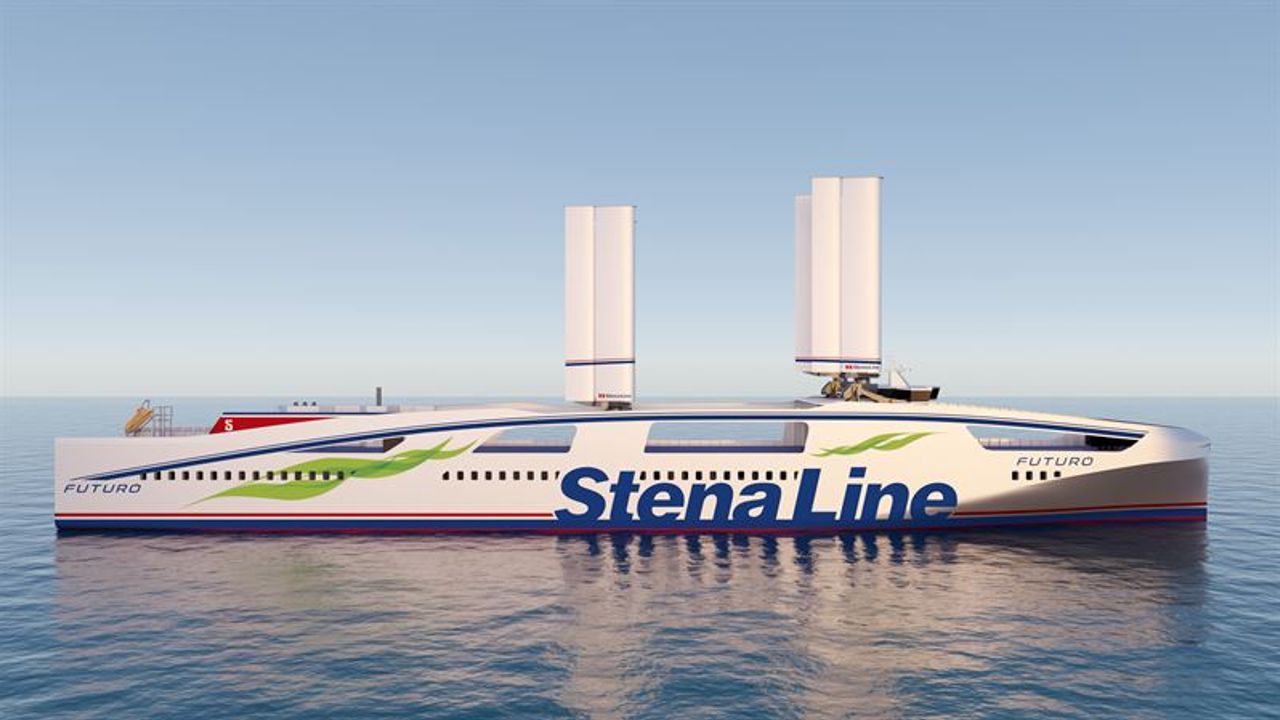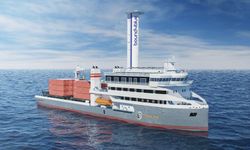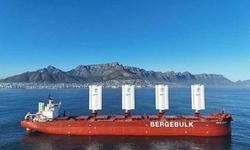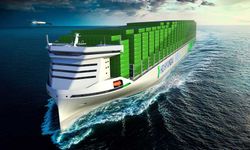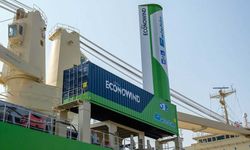As part of this strategy, the company introduced the Stena Futuro concept, a 240-meter RoRo vessel designed to transport semi-trailers and cars.
The Stena Futuro concept aims to minimize fuel consumption through an optimized hull and superstructure that enhances cargo space efficiency while reducing weight. Its design incorporates hybrid propulsion, allowing the vessel to operate partly on electricity when entering and leaving ports.
The ship will also feature engines capable of running on multiple fuel types, supported by a battery system and solar panels for additional power.
Stena Futuro
To further improve efficiency, Stena Futuro will include an air lubrication system, which reduces friction by releasing air bubbles beneath the hull, and a waste heat recovery system that repurposes exhaust gases for onboard heating and power generation.
Another key feature of the vessel is its four retractable 40-meter-tall wing sails. Tests conducted with the Swedish research institute RISE indicate that these sails could reduce fuel consumption by up to 15%, without compromising stability or maneuverability in varying wind conditions.
While there is no confirmed production timeline for Stena Futuro, Stena Line sees the project as a crucial step in advancing sustainable shipping.
“We aim to lead our industry in achieving global climate goals. The Stena Futuro concept is an important part of this effort,” said Niclas Mårtensson, CEO of Stena Line.
